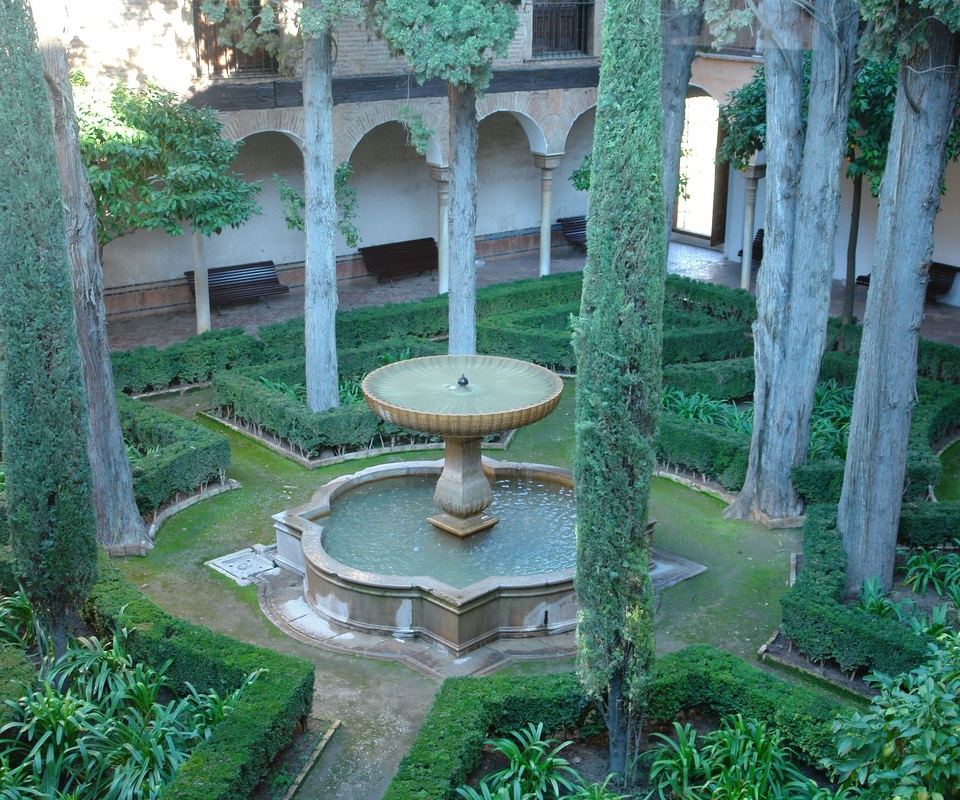10th century Spain was a period in history that I knew very little about and I was fascinated to learn just how much Spain owes to the Moorish occupation of the peninsula, even down to everyday items. It wasn’t just the type of food they ate that has been passed down but also the way they ate it: the Moors introduced menus and a series of different courses for each meal; they used tablecloths and cutlery and different plates for each dish. Some of their dishes were cooked exactly the same way they are today. There is a restaurant in Córdoba that has a lamb tagine on its menu that is identical to a 10th century recipe. For those of you that like churros, you’ll be interested to know that it was as popular then as it is now.

Society was divided along ethnic and religious grounds but it was more egalitarian than one would suspect. There were four main divisions: the Arabs, the Berbers, the Muwallads and the Dhimmi (Christians and Jews). The first three were all Muslim. The Arabs made up a small percentage of the population but they were the ones with the power and they brought their language and culture to Spain. The Berbers were from North Africa and they mainly lived in the countryside. The Muwallads were Muslims of Iberian descent; they adopted the language and religion of the Moors and by 10th century there was very little distinction between them and the Arabs. The last group, the Dhimmis was made up of Christians and Jews. The Christians were numerous but the Jews only made up 5% of the population.
Jews, Christians and Moors lived in harmony; they were all montheistic faiths, all people of The Book. The Jews and Christians were not persecuted by the Muslims and could hold important posts in society and even in government. It was a society with great social mobility and people could move from humble beginnings to positions of power. Muslim men could even marry Jewish women, but not the other way round.

It was a society that valued education and treated its scholars and artists with respect. Córdoba in the 10th century had more than seventy libraries, fifty hospitals and some of the best universities in the civilised world.





Recent Comments